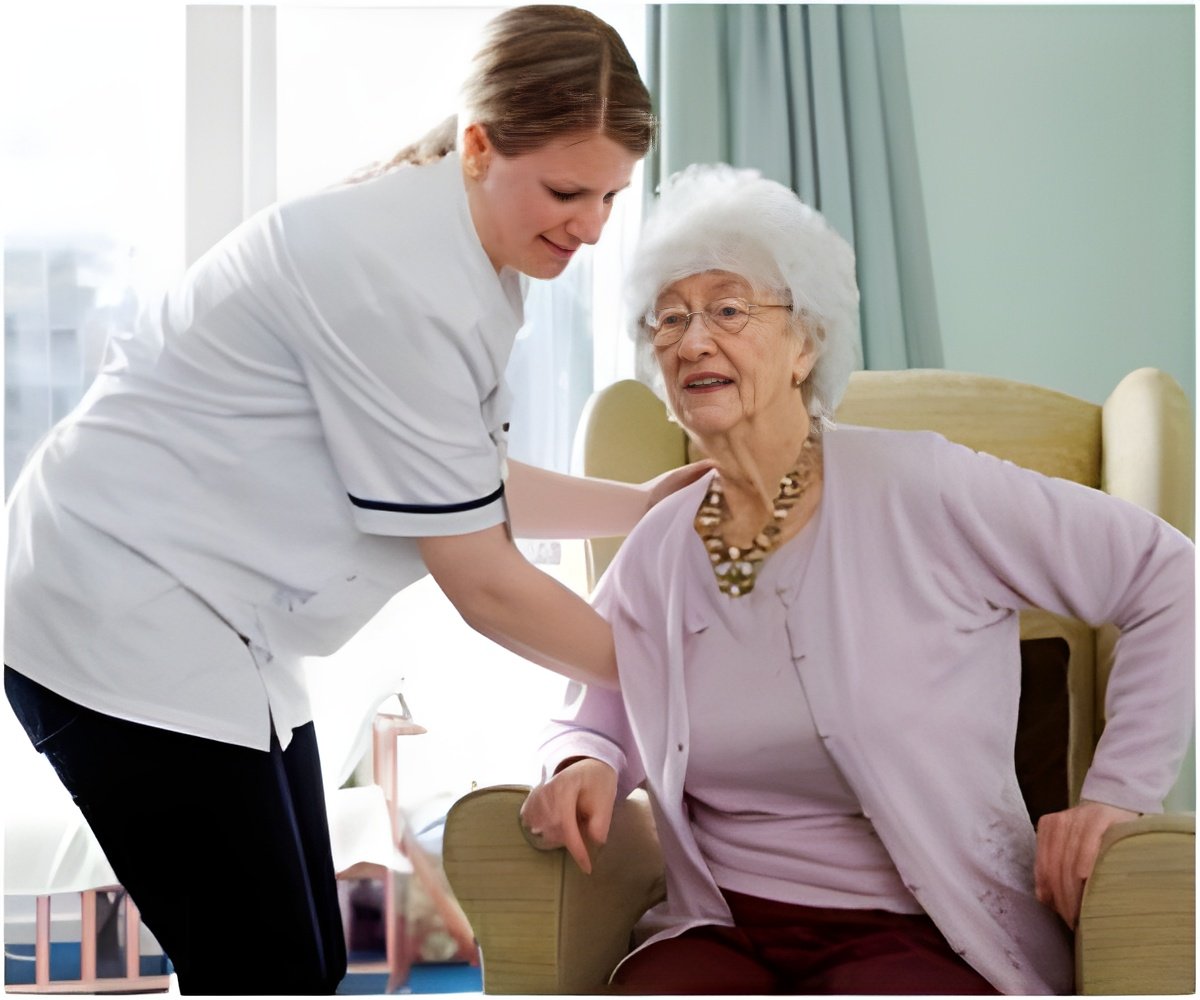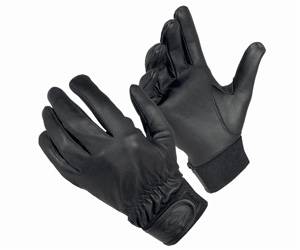Certified nursing assistants (CNAs) fail to change gloves appropriately leading to the spread of various pathogens to patients and the environment.

‘Training programs can be developed using adult learning principles and evidence-based instructional methods to improve glove use and prevent infection.’





CNAs are often the main providers of care in long-term care facilities (LTCFs), with significant patient contact. If a CNA uses gloves incorrectly, pathogens can easily be spread to patients and the environment, leading to healthcare-associated infections (HAIs).Researchers estimate that between 1.6 million and 3.8 million infections occur in LTCFs annually. Infections in LTCFs cause approximately 388,000 deaths per year and cost between $673 million and $2 billion annually.
"Gloves are an essential component of standard precautions, and proper use of gloves is a critical component of best practices to prevent HAIs," said Linda Greene, RN, MPS, CIC, FAPIC, 2017 APIC president.
"This is especially important in long-term care, where residents are more vulnerable to infection and stay for extended periods. Facilities must continually educate healthcare providers about the importance of appropriate glove use to prevent infection and monitor adherence to this practice."
In the first-of-its-kind prospective study by Deborah Patterson Burdsall, PhD, RN-BC, CIC, of the University of Iowa College of Nursing, researchers examined the degree of inappropriate glove use in a random sample of 74 CNAs performing toileting and perineal care at one LTCF.
Advertisement
The Centers for Disease Control and Prevention (CDC) recommends standard precautions requiring all CNAs to wear personal protective equipment, especially gloves, to avoid contact with blood, secretions, excretions, or other potentially infectious materials that may contain pathogens.
Advertisement
"Glove use behavior is as important as hand washing when it comes to infection prevention," said lead study author Deborah Patterson Burdsall. "These findings indicate that glove use behavior should be monitored alongside hand hygiene. The observations should be shared with staff to improve behaviors and reduce the risk of disease transmission."
While CNAs wore gloves for 80 percent of touch points, they failed to change gloves at 66 percent of glove change points.
More than 44 percent of the gloved touch points were observed as contaminated, with all contaminated touches being with gloved hands. Of note, gloves were readily available on all units in public areas, shower rooms, patient rooms, and patient bathrooms to enhance availability and workflow.
To measure inappropriate glove use, the PI developed and validated the glove use surveillance tool (GUST), allowing them to record the type of surface, the sequence in which they touched surfaces during a patient care event, whether they wore gloves, and whether they changed gloves.
The frequency of contaminated gloved touches illustrates the significant potential for cross-contamination between patients and the healthcare environment from inappropriate glove use. This study supports the findings of earlier studies that describe inappropriate glove use by healthcare personnel.
Based on information from such studies, infection prevention staff and educators should develop training programs using adult learning principles and evidence-based instructional methods to improve glove use.
Source-Eurekalert










